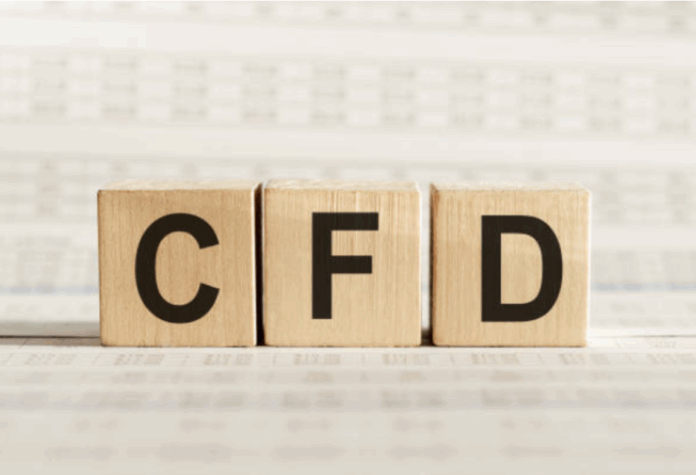Financial markets, one can’t help but notice the intricate dance between various financial instruments and currencies. Today, let’s focus on the fascinating relationship between indices cfd and the USD to MXN rates. We’ll explore how these two seemingly disparate elements interact and influence each other in the grand scheme of global finance.
The Dynamic Duo: Indices CFD and Currencies
Indices CFD, or Contract for Difference, is a financial derivative that allows traders to speculate on the price movement of a stock market index without actually owning the underlying assets. This flexibility opens up a world of opportunities for investors who are keen on the performance of major markets but wish to avoid the complexities of direct stock trading. On the other hand, the USD to MXN rates, which represent the exchange rate between the United States Dollar and the Mexican Peso, are a critical component of international trade and investment.
The Ripple Effect of Indices CFD
When Indices CFD values surge or plummet, it’s not just a number game. These fluctuations can have a domino effect on global currencies, including the USD to MXN rates. For instance, a significant rise in Indices CFD might indicate a bullish market, attracting more investors and potentially strengthening the USD as a result. Conversely, a downturn could signal a bearish trend, leading to a weaker USD and affecting its value against the MXN.
Forecasting the USD to MXN: A Balancing Act
Forecasting the USD to MXN rates is a bit like trying to predict the weather – it’s a complex science that involves a multitude of factors. Indices CFD trends are just one piece of the puzzle. Traders and analysts pore over economic indicators, political developments, and market sentiment to get a sense of where the rates might be headed. It’s a delicate balancing act that requires a keen eye and a steady hand.
The Influence of Global Events
Global events, from elections to economic summits, can have a profound impact on Indices CFD and, by extension, the usd to mxn forecast. A change in policy or a shift in the global economic landscape can send ripples through the financial markets, affecting Indices CFD values and, in turn, influencing currency rates. Keeping a finger on the pulse of these events is crucial for anyone looking to navigate the USD to MXN landscape successfully.
The Role of Market Sentiment
Market sentiment plays a crucial role in shaping Indices CFD trends and the USD to MXN forecast. When investors are optimistic, they’re more likely to invest in Indices CFD, driving up their values and potentially strengthening the USD. On the flip side, when the market is bearish, Indices CFD values may drop, affecting the USD’s strength and its exchange rate with the MXN. Understanding and anticipating market sentiment is key to making informed decisions in this arena.
The Power of Diversification
In the world of finance, diversification is often touted as a key strategy for managing risk. The same principle applies when considering the relationship between Indices CFD and USD to MXN rates. By spreading investments across different Indices CFD and currencies, investors can mitigate the impact of fluctuations in either market. This approach not only helps in managing risk but also opens up opportunities for gains across different market conditions.
The Future of Indices CFD and USD to MXN
As we look to the future, the relationship between Indices CFD and the USD to MXN rates will continue to evolve. Technological advancements, changing economic policies, and the ever-shifting geopolitical landscape will all play a part in shaping this dynamic duo. Staying informed and adaptable will be essential for anyone hoping to capitalize on the opportunities and challenges that lie ahead.
Conclusion
In the grand tapestry of global finance, Indices CFD and the USD to MXN rates are just two threads. Yet, their interplay is a captivating study in market dynamics. By understanding the forces that drive these financial instruments and their impact on each other, investors can make more informed decisions and potentially navigate the complex world of finance with greater confidence.




